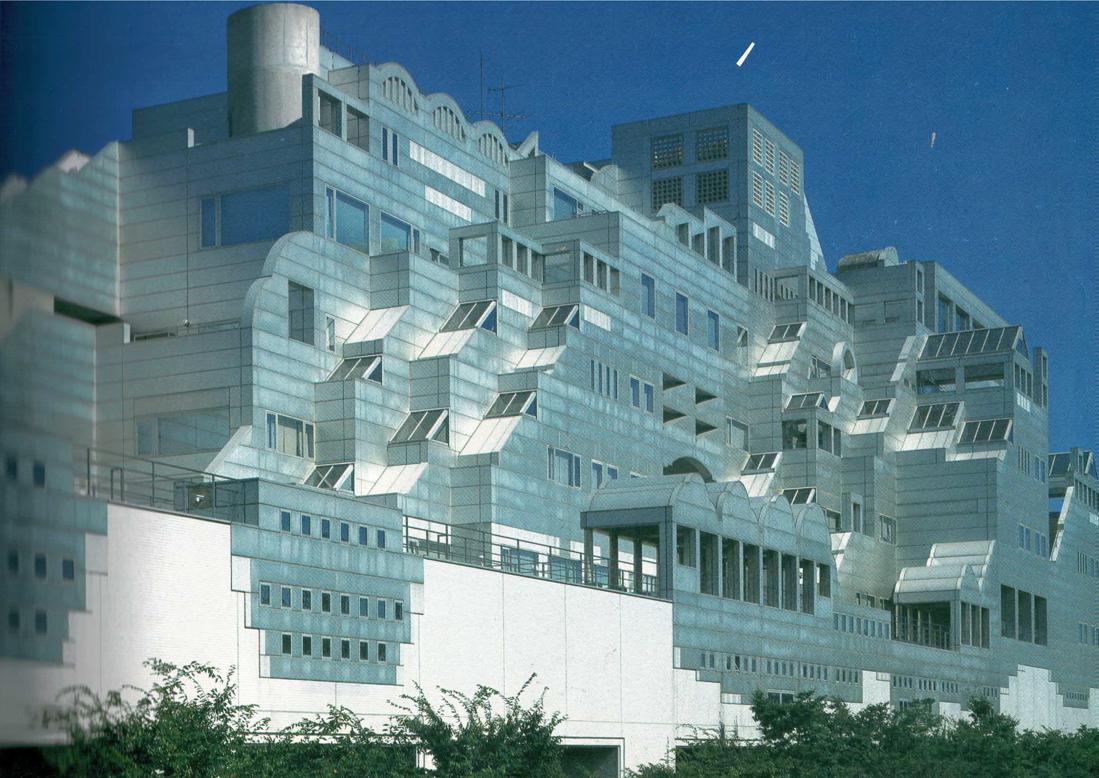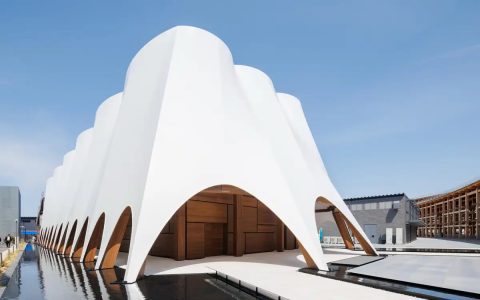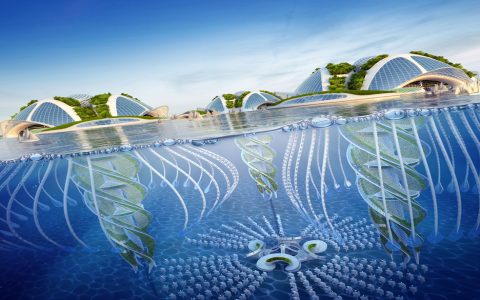Hiroshi Hara's architectural designs are globally recognized for their radical rethinking of space, structure, and form. His work transcends conventional boundaries, merging technological innovation with profound philosophical depth and cultural sensitivity.
Radical Conceptualization of Space
Hara rejects traditional enclosed volumes. Instead, he conceptualizes space as a complex, multi-layered field.
- Meta-City Concepts: His theoretical framework envisions cities and buildings as integrated networks blurring physical and virtual space boundaries.
- Simultaneous Transparency: Designs like the Kyoto Station utilize layered voids and transparency to create interconnected visual fields and complex spatial experiences.
- Floating Elements: Extensive use of cantilevers and suspended volumes creates a sense of weightlessness and dynamic instability.
Structural Innovation and Engineering Prowess
Hara transforms structural systems into integral architectural expressions.

- Kinetic Architecture: Projects like the Sapporo Dome feature revolutionary moving fields (entire natural grass pitches sliding in/out) enabled by sophisticated engineering.
- Complex Geometry: Designs frequently employ irregular geometries and intricate load-bearing systems that challenge construction norms, demanding cutting-edge engineering solutions.
- High-Tech Expression: Structures honestly express their mechanics and construction, often showcasing structural elements as primary aesthetics.
Integration of Tradition and Modernity
While highly technological, Hara's work possesses deep roots in Japanese spatial concepts.
- Reframing Tradition: He interprets traditional elements like layered screens (shoji) and interconnected spaces (engawa) through advanced materials and large-scale voids.
- Impermanence and Change: Themes of ephemerality found in Japanese culture manifest in kinetic elements and dynamic spatial relationships.
- Contextual Dialogue: Buildings like the Yamato International Terminal engage context, creating porous interfaces between interior and landscape.
Distinctive Visual Language and Form
Hara generates forms that are immediately recognizable.
- Iconic Silhouettes: Projects often create powerful, memorable silhouettes using complex, angular forms or vast soaring roofs.
- Material Juxtaposition: Boldly combines modern materials like steel, glass, and ETFE membranes, sometimes with warm wood tones.
- Scale Manipulation: Masterfully handles monumental scales while retaining intricate human-centered detailing within expansive spaces.
Hara's distinctiveness lies in this synthesis: radical spatial theory enabled by unprecedented engineering, imbued with cultural resonance and expressed through a unique formal language. This makes his architecture deeply intellectual, visually striking, and enduringly influential.







